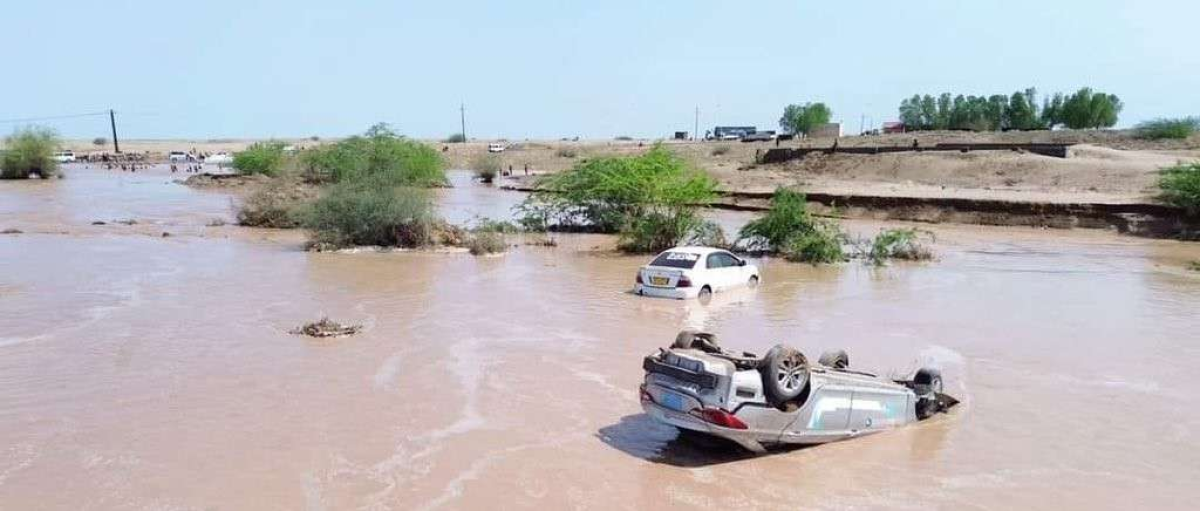FAO report: Floods damaged 100,000 hectares of agricultural land in Yemen


A UN report confirmed that approximately 100,000 hectares of agricultural land and tens of thousands of livestock were damaged by the heavy rains and floods that struck Yemen recently.
The United Nations Food and Agriculture Organization (FAO) said, in a recent report, that floods resulting from heavy rains that Yemen witnessed in August 2024 led to the damage of 98,726 hectares of agricultural land. Including herbaceous crops, tree crops, orchards, and palm trees, in addition to 279,400 livestock (sheep and goats) affected.
The report added that the floods mainly affected agricultural areas in the western highlands and low-lying areas throughout the country, “The affected governorates included: Al-Hudaydah, Amran, Hajjah, Ma’rib, Al-Jawf, Saada, Sana’a, Al-Bayda, Amanat Al-Asimah, Shabwa, and Lahj. Abyan, Dhamar, Taiz, Al-Dhale’, Al-Mahwit, Raymah, and Ibb, and these areas are famous for their gradual agricultural practices.”
The FAO noted that torrential rains and subsequent flash floods submerged valleys and drainage systems, causing severe damage to agricultural lands, while “floodwaters remained stagnant in low-lying areas of Hodeidah, Hajjah and Amran governorates, leading to water inundation and further destruction of crops.” It also caused severe damage to irrigation infrastructure, including irrigation canals and water storage facilities, which hampers recovery efforts.
The report stated that the total area affected by the floods throughout the country amounted to 341,296 hectares, most of which were in the governorates of Al-Hudaydah and Al-Jawf, at 103,253 hectares and 94,365 hectares (respectively), followed by Marib and Amran, and in the settled areas (urban and rural), It affected 217 hectares.
FAO stressed that flood damage will have serious subsequent consequences on food security and the economy in general, as “crop loss and reduced agricultural income are expected to exacerbate existing food insecurity, which is already critical due to the ongoing conflict and lack of Economic stability.